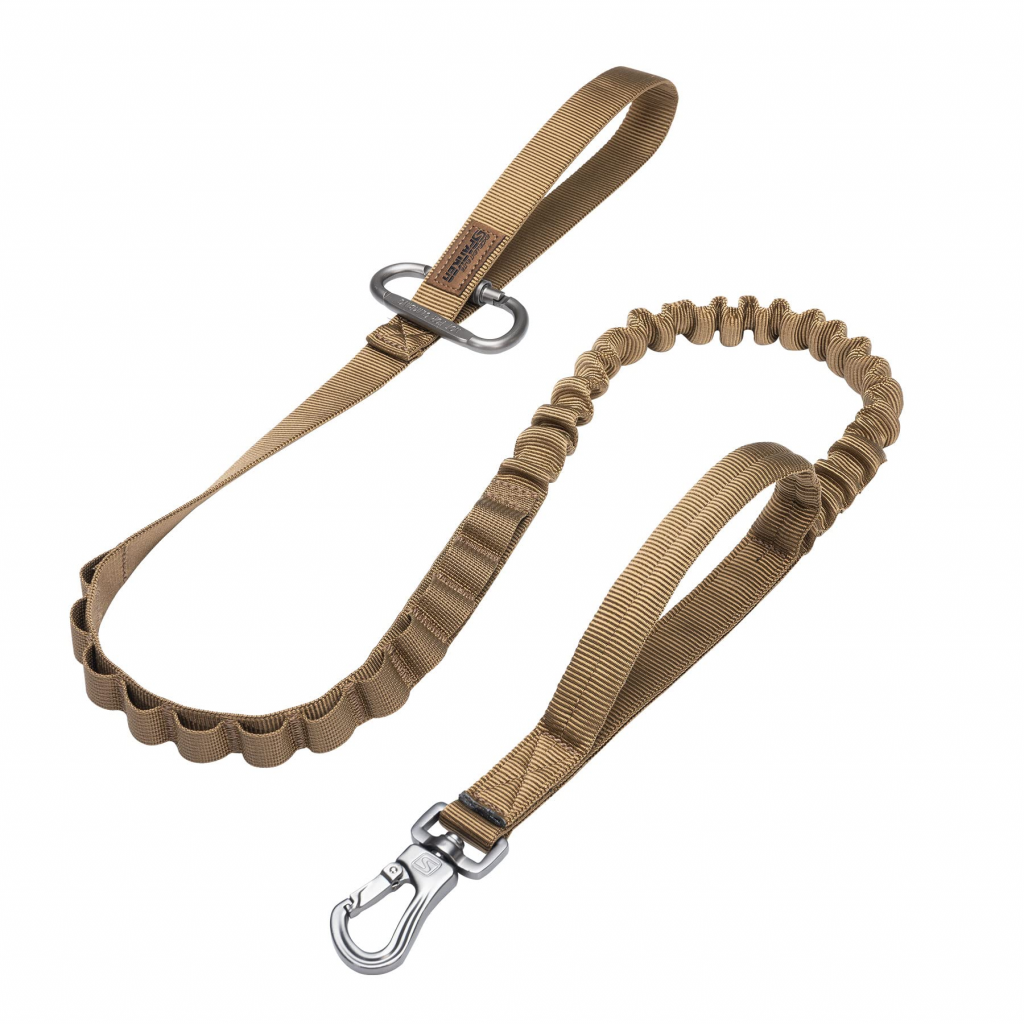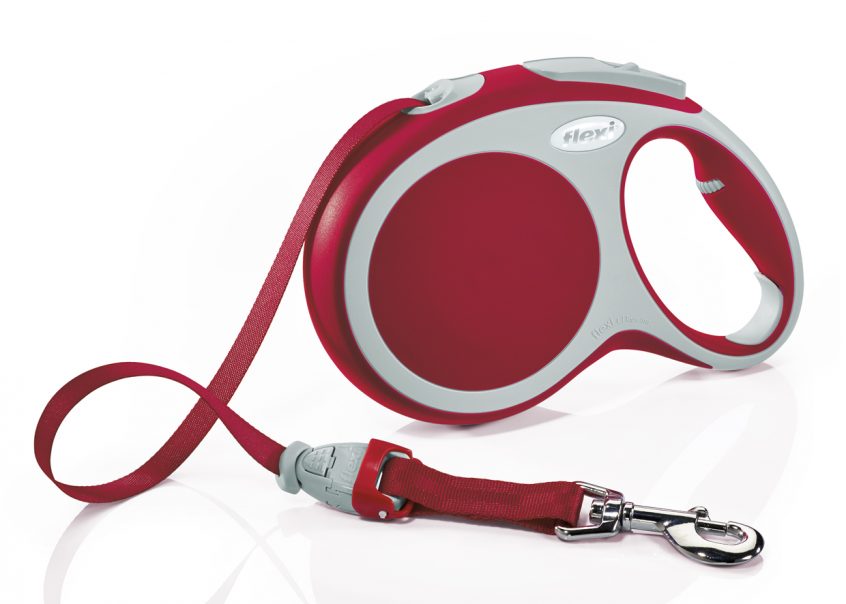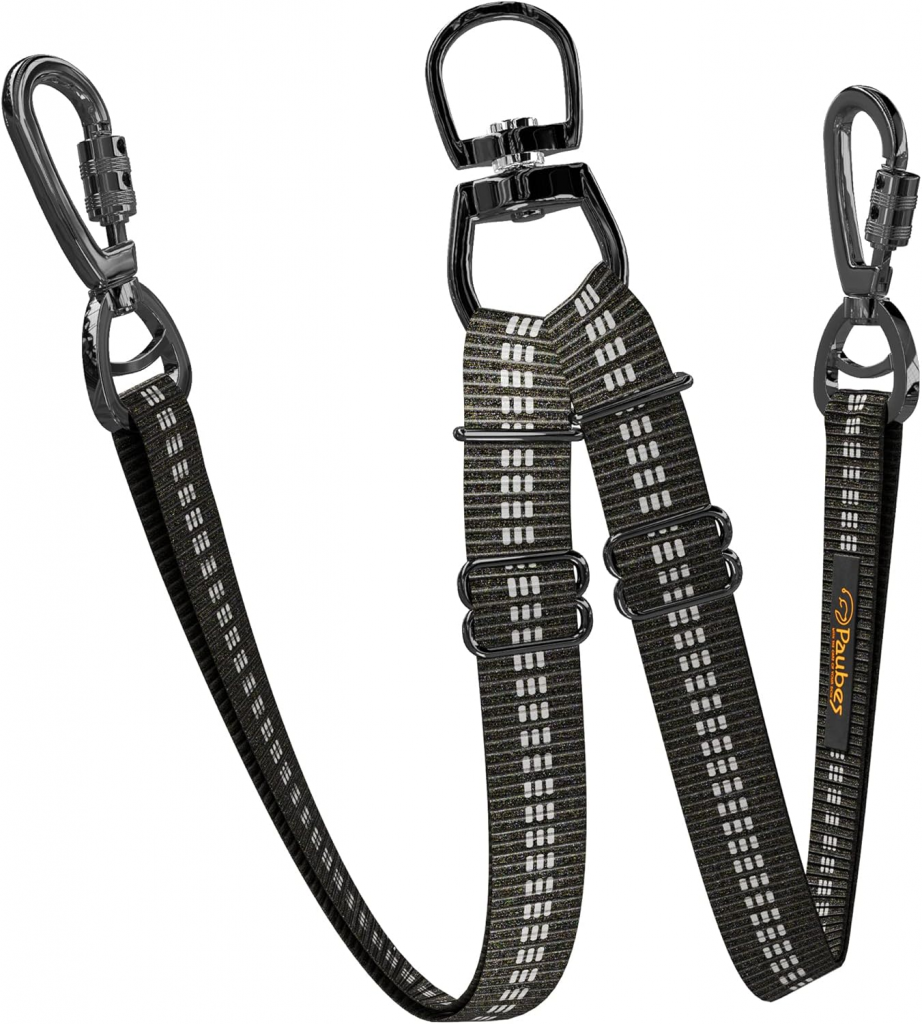Contents
Introduction
Walking your dog is one of the most enjoyable aspects of pet ownership, but finding the right leash can make all the difference between a pleasant stroll and a frustrating tug-of-war. Adjustable length dog leashes, also known as retractable or extendable leashes, have become increasingly popular among dog owners for their versatility and convenience. This comprehensive guide explores everything you need to know about these practical pet accessories.
What Are Adjustable Length Dog Leashes?
Adjustable length dog leashes are specialized walking tools designed to provide variable control distances between you and your dog. Unlike standard fixed-length leashes, these versatile options allow owners to adapt to different environments and situations without changing equipment.
They come in several varieties, each with distinct characteristics:
- Retractable leashes: The most common type of adjustable leash, featuring a spring-loaded mechanism housed in an ergonomic plastic handle. Inside this handle, a thin nylon cord or flat tape winds around an internal spool, extending and retracting as needed. Most models offer lengths ranging from 10 to 30 feet and include:
- A thumb-operated brake button that temporarily stops extension
- A lock mechanism to fix the leash at a specific lengthAn automatic retraction system that maintains gentle tension
- A comfortable grip with rubber or textured components
The retraction mechanism uses a spring similar to a measuring tape, automatically gathering slack when your dog moves closer to you. - Multi-position leashes: These feature multiple sewn-in loops, D-rings, or clip points strategically placed along their length. This design allows owners to:
- Create different fixed holding positions without mechanical components
- Form temporary handles at various points for closer control
- Adjust to 2-4 predetermined lengths rather than infinite adjustment
- Enjoy greater durability with fewer moving parts
- Bungee-style adjustable leashes: These incorporate elastic sections that provide:
- Shock absorption for dogs who pull suddenly
- Some length adjustment through controlled stretching
- Reduced strain on both the dog’s neck and owner’s arm
- Usually 1-2 feet of additional extension under tension
- Adjustable traffic leads: These shorter leashes feature:
- Sliding handle mechanisms that adjust from very short control positions (1 foot) to standard walking length (5-6 feet)
- Quick-grab secondary handles for immediate control
- Heavier construction for stronger dogs
The technology behind these leashes continues to evolve, with newer models incorporating stronger materials, improved braking systems, and ergonomic designs to enhance both safety and usability.

Benefits of Adjustable Length Leashes
- Freedom with Control
The primary advantage is the ability to give your dog more freedom to explore while maintaining control. In open areas, you can extend the leash to let your dog roam, and in crowded or busy areas, you can shorten it for safety.
- Versatility for Different Environments
These leashes adapt to various walking situations—from busy sidewalks to open parks—without needing to switch equipment.
- Training Opportunities
Adjustable leashes can be valuable training tools, helping teach dogs boundaries and recall by allowing controlled freedom.
- Convenience for Multi-Dog Households
For families with dogs of different sizes or energy levels, an adjustable leash can accommodate various walking styles without requiring multiple specialized leashes.
Potential Drawbacks
- Safety Concerns
Retractable leashes in particular have been associated with injuries, including rope burns, falls, and even finger amputations when misused. The thin cords can also break under sudden force from a large or strong dog.
- Less Control in Emergencies
The extended length may mean delayed reaction time in dangerous situations compared to standard leashes.
- Training Complications
Some trainers argue that retractable leashes can confuse dogs about leash expectations and reinforce pulling behavior.
- Durability Issues
The mechanisms in retractable leashes are more prone to failure than simple, fixed-length designs.
Choosing the Right Adjustable Leash
Consider Your Dog’s Size and Strength
Selecting an appropriate adjustable leash based on your dog’s physical characteristics is crucial for both safety and functionality. This consideration goes beyond simply checking the weight limit on the packaging:
Weight Categories and Appropriate Models
- Small dogs (under 20 lbs): Lightweight retractable leashes with thinner cords (usually 10-15 feet) work well. These models have smaller, more manageable handles and lighter mechanisms suitable for small breeds like Chihuahuas, Yorkies, or Shih Tzus. Look for leashes rated specifically for small dogs to ensure the retraction tension isn’t too strong for their delicate frames.
- Medium dogs (20-50 lbs): Standard retractable leashes with medium-width tapes (16-20 feet) offer the best balance. Border Collies, Beagles, and similar-sized breeds benefit from models with reinforced internal components and moderately strong braking systems. The handle size should comfortably fit an average adult hand while providing enough leverage to control sudden movements.
- Large dogs (50-80 lbs): Heavy-duty models with wide tapes (at least 3/8 inch) and robust mechanisms are essential. Retrievers, German Shepherds, and similarly powerful breeds require leashes with enhanced durability. The braking system should feature metal components rather than plastic, and the handle should incorporate reinforced stress points.
- Giant or powerful breeds (80+ lbs): Specialized “extra strong” or “power breed” retractable leashes are necessary. Great Danes, Mastiffs, and strong pulling breeds like Huskies need industrial-strength components. Many professional trainers recommend avoiding retractable leashes altogether for these dogs, favoring multi-position adjustable leashes with webbing at least 1/2 inch wide and reinforced stitching.
Strength Considerations Beyond Weight
- Pulling tendency: Dogs who regularly pull require stronger mechanisms regardless of their size. A 40-pound terrier with high prey drive might need a leash rated for 60+ pound dogs due to the force generated when lunging.
- Bite risk: If your dog has a habit of chewing their leash, select models with steel-reinforced tapes or “anti-chew” coatings. Some premium leashes include a short section of chain near the collar attachment to discourage chewing.
- Sudden movements: Dogs who make unpredictable darting movements need leashes with responsive braking systems that engage quickly. Look for descriptions like “instant lock” or “zero-delay brake” in product features.
Testing the Mechanism
Before purchasing, physically test the leash’s locking mechanism while imagining a worst-case scenario:
- Can you quickly engage the lock with one hand?
- Does the lock hold firmly when subjected to a strong, sudden pull?
- Can you operate it while wearing winter gloves?
- Does the handle provide enough grip surface to maintain control if wet?
Growth Considerations
For puppies, invest in a leash appropriate for their adult size rather than their current weight. A growing Lab puppy will quickly exceed the capacity of a small-dog leash, making it both a safety hazard and a waste of money. Some manufacturers offer “growth-rated” leashes specifically designed to accommodate developing dogs throughout their maturation stages.
Evaluate the Braking System
Test the locking mechanism before purchase. It should engage easily and hold securely even when your dog pulls.
Look for Comfort Features
Ergonomic handles, padded grips, and anti-slip materials improve the handling experience, especially for longer walks.
Check Cord or Tape Quality
Flat tapes are generally stronger and less likely to cause injuries than thin cords. Reflective material adds safety for nighttime walks.
Assess the Length Range
Consider where you typically walk your dog. Urban environments may only require 10-15 feet of length, while rural areas might benefit from 20-30 feet options.
Using Adjustable Leashes Safely
Proper Handling Techniques
- Never wrap the cord around fingers, hands, or limbs
- Hold the handle firmly at all times
- Keep the leash locked at a short length when near roads or in crowded areas
- Maintain awareness of your surroundings and potential hazards
Training Considerations
- Begin in low-distraction environments
- Teach your dog to respond to gentle tension as a signal
- Practice recall while gradually increasing distance
- Reward your dog for checking in with you during walks
Maintenance Tips
- Regularly inspect the cord/tape for fraying or damage
- Clean the mechanism if it becomes sandy or dirty
- Test the locking mechanism before each use
- Replace the leash if any components show signs of wear
Popular Adjustable Leash Models and Features
Modern adjustable leashes come with various features to enhance functionality:
- One-button brake systems for quick locking
- Tangle-free designs to prevent cord twisting
- Built-in waste bag dispensers for convenience
- Reflective elements for visibility in low light
- Shock-absorbing components to reduce strain on both you and your pet
- Anti-chew cords for determined chewers
Environmental Considerations
Some newer models are incorporating eco-friendly materials:
- Recycled plastic handles
- Biodegradable components
- Sustainable manufacturing practices
- Durable construction for longer life cycles
Conclusion
Adjustable length dog leashes offer remarkable versatility for dog owners, combining freedom for your pet with control for safety. While they present certain risks if used improperly, understanding the right selection criteria and practicing safe handling techniques can mitigate these concerns. Whether you’re walking in an urban park or hiking remote trails, an adjustable leash can adapt to your needs—providing both you and your four-legged companion with a more enjoyable walking experience.
Remember that the best leash is one that suits both your dog’s temperament and your specific walking environment. Take time to introduce your dog to a new adjustable leash gradually, and always prioritize safety during your walks together.
To stay updated on our latest news and insights, follow us:
Join our community on Facebook: ForDogTrainersWorld
Visit our website at fordogtrainers.com
See behind the scenes on Instagram: @fordogtrainers_fdt





